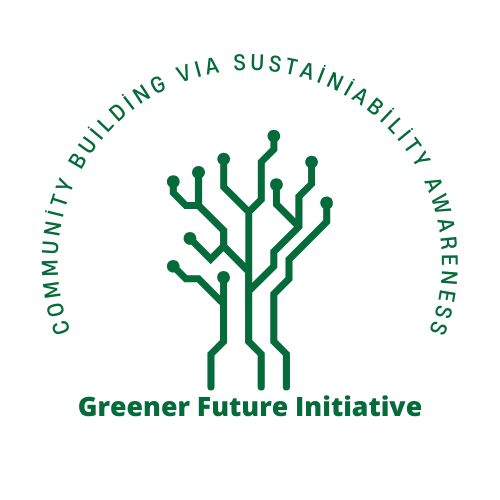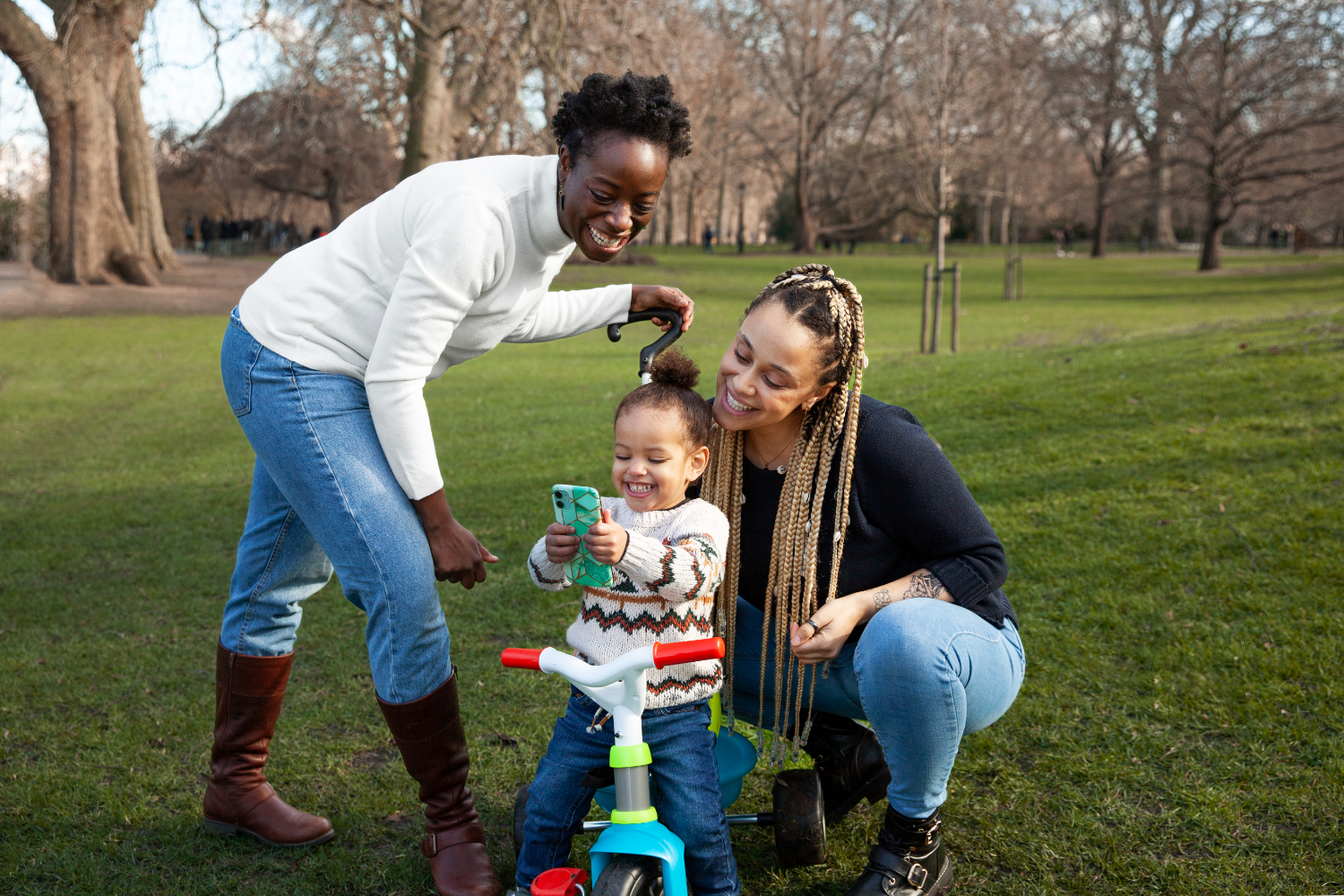Embracing sustainable living is a family effort.
As the world grapples with the effects of climate change and environmental degradation, raising environmentally conscious children has become more crucial than ever. Sustainable living isn’t just a lifestyle choice; it’s a responsibility we all share.
For parents, nurturing a sustainability mindset in children requires intentionality, patience, and creativity. From fostering curiosity to leading by example, there are countless ways parents can guide their kids toward making eco-friendly choices.
Here’s how you can work towards embracing sustainable living with your kids and becoming responsible stewards of the planet.
1. Embracing Sustainable Living through Leading by Example
Children learn most effectively by observing their parents. When they see you making sustainable choices, they’re more likely to follow suit.
It can start with simple actions like bringing reusable bags to the grocery store, composting kitchen scraps, or turning off lights when leaving a room set a powerful example. As you make these choices, talk to them about why you did. Make emphasis on the positive impact your choices you took have on the environment.
For instance, if you’re choosing to bike instead of driving short distances, explain how it reduces your carbon footprint. Showing enthusiasm for these actions will inspire your kids to adopt them naturally.
2. Teach the Value of Nature
Another way to work towards embracing sustainable living with your kids is to teach them the value of nature.
Instilling a love for nature is one of the best ways to inspire sustainable behavior. Spend time outdoors with your kids. Take them on a walk in the park, go hiking in the woods, or observe your backyard together. Also, discuss the interconnectedness of ecosystems and the importance of preserving them.
Gardening is another fantastic way to connect children with nature. Planting vegetables, herbs, or flowers together teaches them about the life cycle of plants and the effort it takes to grow food. Additionally, it gives them a sense of accomplishment and a deeper appreciation for natural resources.
3. Make Learning Fun and Interactive
Education is key to fostering sustainability, but it doesn’t have to be dull. Interactive activities can make learning about the environment engaging and memorable.
For example:
- DIY Projects: Create upcycled crafts from household items like old jars, cardboard, or fabric scraps. Turn them into fun projects like bird feeders, planters, or tote bags.
- Science Experiments: Demonstrate concepts like the greenhouse effect using a glass jar and plastic wrap, or show how composting works with a small bin at home.
- Eco-Challenges: Set family goals, such as reducing water usage for a month or going plastic-free for a week, and track your progress together.
4. Introduce Sustainable Reading Material
Books are an incredible resource for teaching children about sustainability. Choose age-appropriate books that explore topics like climate change, recycling, and conservation.
Titles like The Lorax by Dr. Seuss or Kids Fight Plastic by Martin Dorey combine storytelling with important lessons.
For older kids and teens, consider books like How to Change Everything by Naomi Klein or The Omnivore’s Dilemma (Young Readers Edition) by Michael Pollan.
Reading together not only builds knowledge but also opens up opportunities for meaningful conversations.
5. Encourage Sustainable Habits at Home
Start small by incorporating sustainable practices into your daily routine. These habits can include:
- Reducing Waste: Teach kids to sort recyclables, compost food scraps, and minimize single-use plastics.
- Energy Conservation: Encourage turning off lights, unplugging devices, and opting for energy-efficient appliances.
- Water Savings: Make it a game to see who can take the shortest shower or use the least water while washing dishes.
- Mindful Consumption: Involve kids in meal planning and grocery shopping, emphasizing local, seasonal, and organic foods.
Rewarding these efforts with praise or small incentives can reinforce their importance and make them feel proud of their contributions.
6. Discuss the Impact of Choices
Children are naturally curious, and explaining the “why” behind sustainable practices can empower them to make informed decisions.
For example, discuss how plastic pollution harms marine life or how choosing second-hand clothing reduces waste. Visual aids, such as documentaries or online videos, can help illustrate these concepts in a way that’s engaging and easy to understand.
One practical way to teach this is through a “product lifecycle” activity. Show them how everyday items, like a plastic bottle, are made, used, and disposed of, highlighting the environmental costs along the way.
This fosters a deeper understanding of the consequences of consumption.
7. Support Eco-Friendly Extracurricular Activities
Encourage your kids to participate in activities that promote sustainability. Joining a school eco-club, volunteering for community clean-up events, or engaging in tree-planting drives are excellent ways for them to contribute.
These experiences also help them connect with like-minded peers and develop a sense of environmental stewardship.
If your community lacks such opportunities, consider starting an initiative with your child. It could be as simple as organizing a neighborhood recycling drive or creating a mini wildlife garden.
8. Emphasize the Importance of Advocacy
Teach your kids that their voice matters. Encourage them to write letters to local representatives about environmental issues, create awareness campaigns, or even start a petition for a cause they’re passionate about.
Advocacy empowers children to feel like they can make a difference, fostering confidence and a sense of responsibility.
Highlight examples of young environmental leaders, such as Greta Thunberg or Boyan Slat, to show that age is no barrier to making an impact. Knowing others their age are driving change can be incredibly motivating.
9. Create a Green Home Environment
Your home can serve as a living example of sustainability. Implement eco-friendly measures like:
- Energy Efficiency: Install LED lights, use solar panels, or switch to a green energy provider.
- Eco-Friendly Products: Choose biodegradable cleaning supplies, reusable food containers, and sustainable personal care items.
- Minimalist Decor: Use second-hand furniture, upcycled items, or natural materials to reduce your environmental footprint.
Involving kids in these changes helps them feel invested in the process and instills a sense of responsibility for maintaining a green home.
10. Celebrate Small Wins
Sustainability is a journey, not a destination. Celebrate milestones and small successes along the way to keep your kids motivated.
Whether it’s completing a zero-waste challenge, growing their first plant, or successfully reducing household energy use, acknowledge their efforts and progress.
You can also set family goals, like reducing the number of trash bags you produce each week. Make sure you celebrate these achievements.
These moments of recognition reinforce positive behaviors and create lasting memories.
Conclusion
Helping your kids embrace sustainable living is one of the most impactful gifts you can give them and the planet.
By leading by example, fostering a love for nature, and integrating eco-friendly practices into everyday life, you’re equipping them with the tools and mindset to build a greener future.
Remember, embracing sustainable living is a family effort, and every small action adds up.

